from 0 review

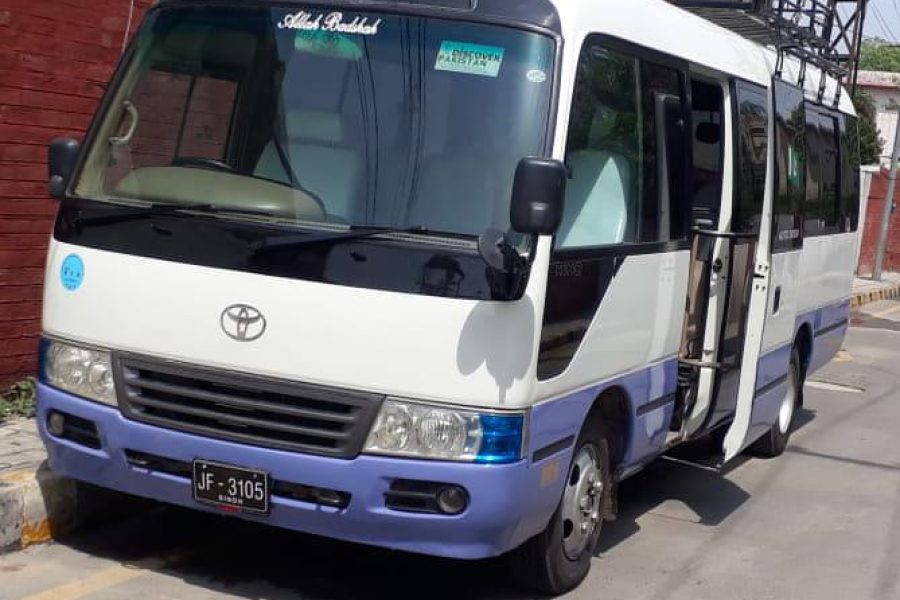
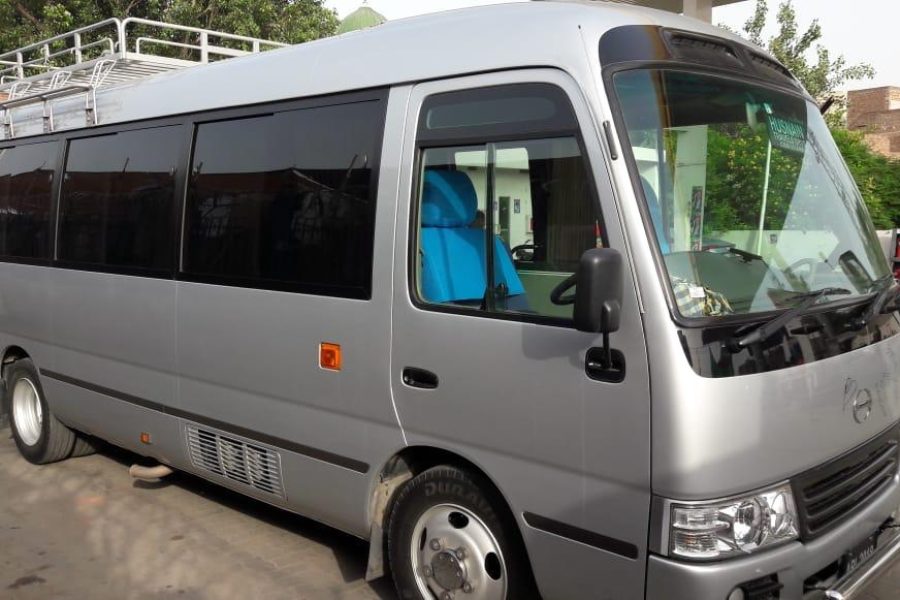
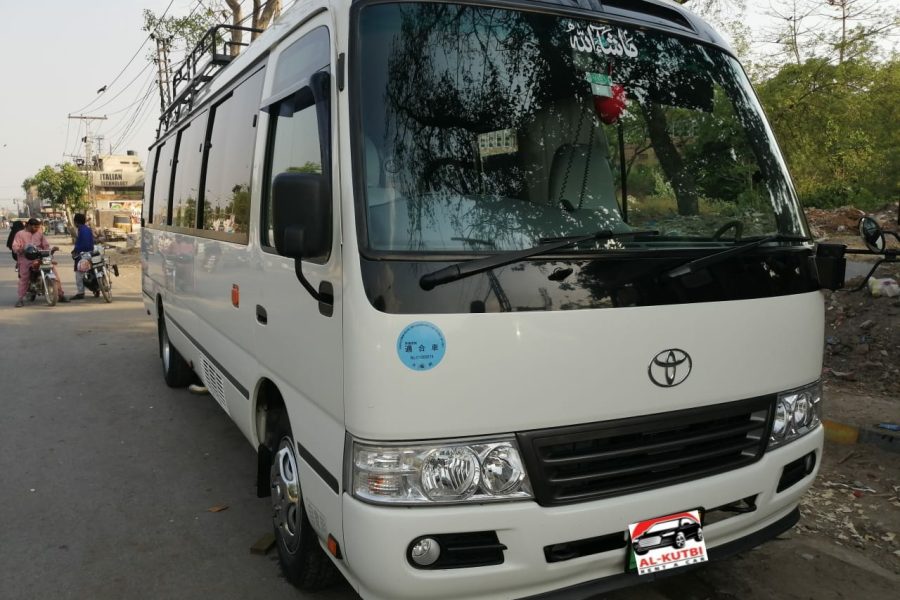
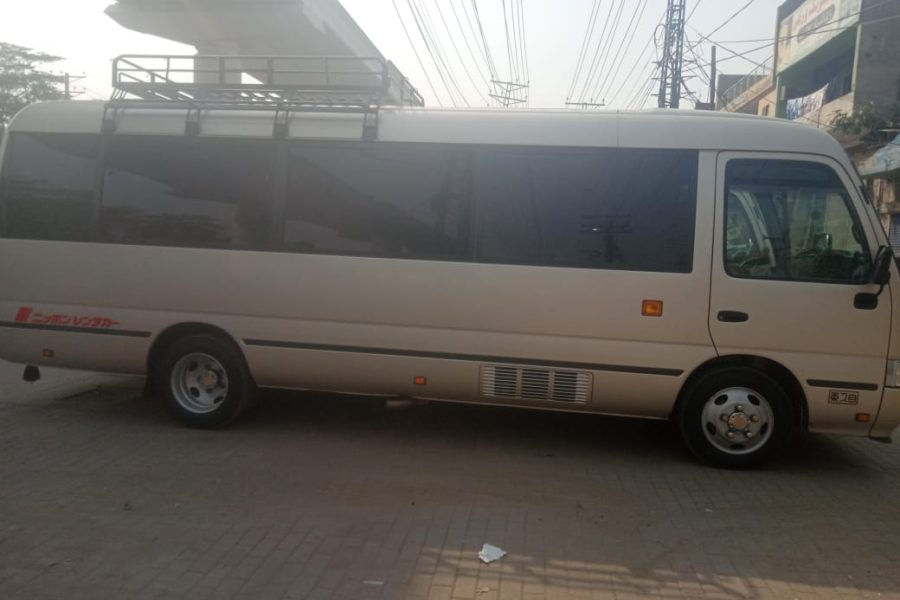
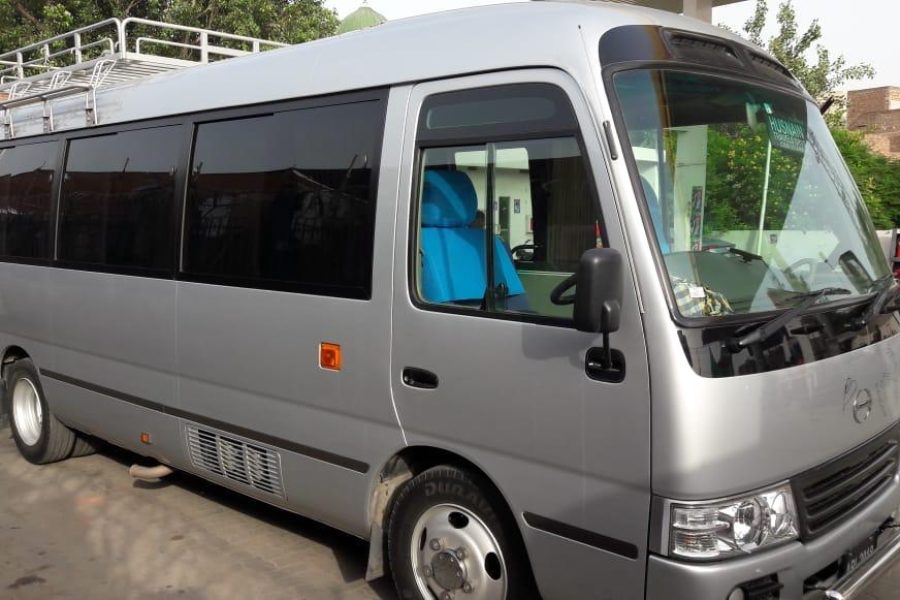
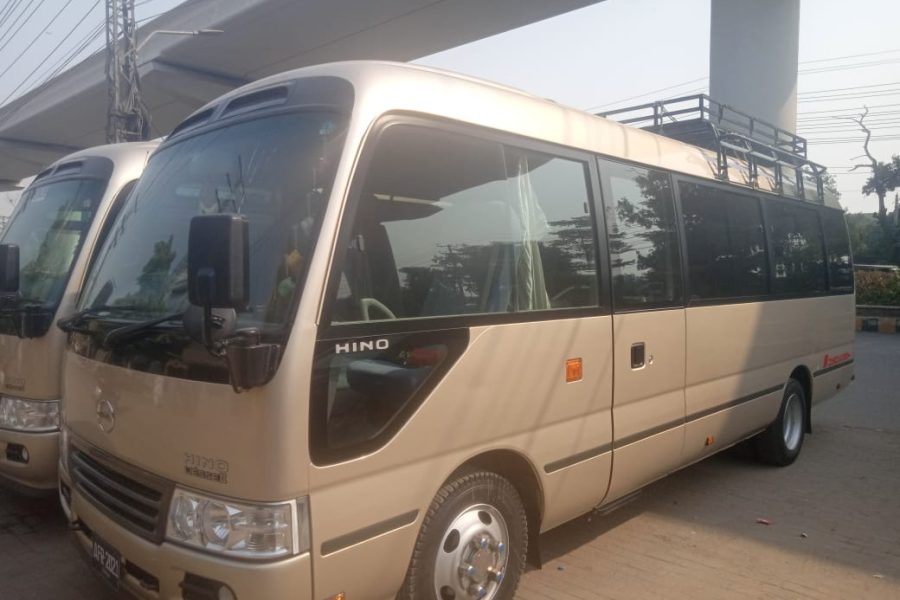
Embark on a Grand Expedition: Rent a Toyota Coaster 29-Seater for Your Hunza and Skardu Adventure
Prepare for an unforgettable journey through the majestic landscapes of Hunza and Skardu with our Toyota Coaster 29-seater rental service. Whether you’re traveling with a large group of friends, organizing a corporate retreat, or planning a family reunion, our spacious and comfortable Coaster is the perfect choice for exploring these breathtaking destinations in style.
Key Features:
Ample Space for Everyone: With seating for up to 29 passengers, our Toyota Coaster offers ample space for your entire group to travel together comfortably. Stretch out, relax, and enjoy the panoramic views as you embark on your adventure through Hunza and Skardu.
Comfortable and Convenient: Designed with passenger comfort in mind, the Toyota Coaster features plush seating, ample legroom, and air conditioning to ensure a pleasant and enjoyable journey, even on long drives through the mountains.
Safety First: Your safety is our top priority. The Toyota Coaster is equipped with a range of safety features, including seat belts, airbags, and advanced braking systems, to provide peace of mind for you and your fellow travelers throughout your tour.
Experienced Driver Included: Sit back and relax as our experienced and professional driver navigates the winding roads and scenic routes of Hunza and Skardu. Our drivers are knowledgeable about the local area and will ensure a smooth and hassle-free travel experience for your group.
Why Choose Us?
Tailored Itineraries: Whether you’re interested in exploring historic landmarks, embarking on outdoor adventures, or simply soaking in the natural beauty of Hunza and Skardu, our team can help you customize the perfect itinerary to suit your group’s interests and preferences.
Exceptional Service: From the moment you inquire about our rental service to the completion of your tour, our dedicated team is committed to providing personalized assistance and support every step of the way. We’ll go above and beyond to ensure that your journey is memorable for all the right reasons.
Flexible Booking Options: Whether you’re planning a day trip, a weekend getaway, or an extended tour of Hunza and Skardu, we offer flexible booking options to accommodate your schedule and budget. Simply let us know your requirements, and we’ll take care of the rest.
Don’t miss the opportunity to embark on a grand expedition through the stunning landscapes of Hunza and Skardu with our Toyota Coaster 29-seater rental service. Contact us today to reserve your vehicle and start planning the ultimate adventure in the heart of Northern Pakistan.
Leave a review